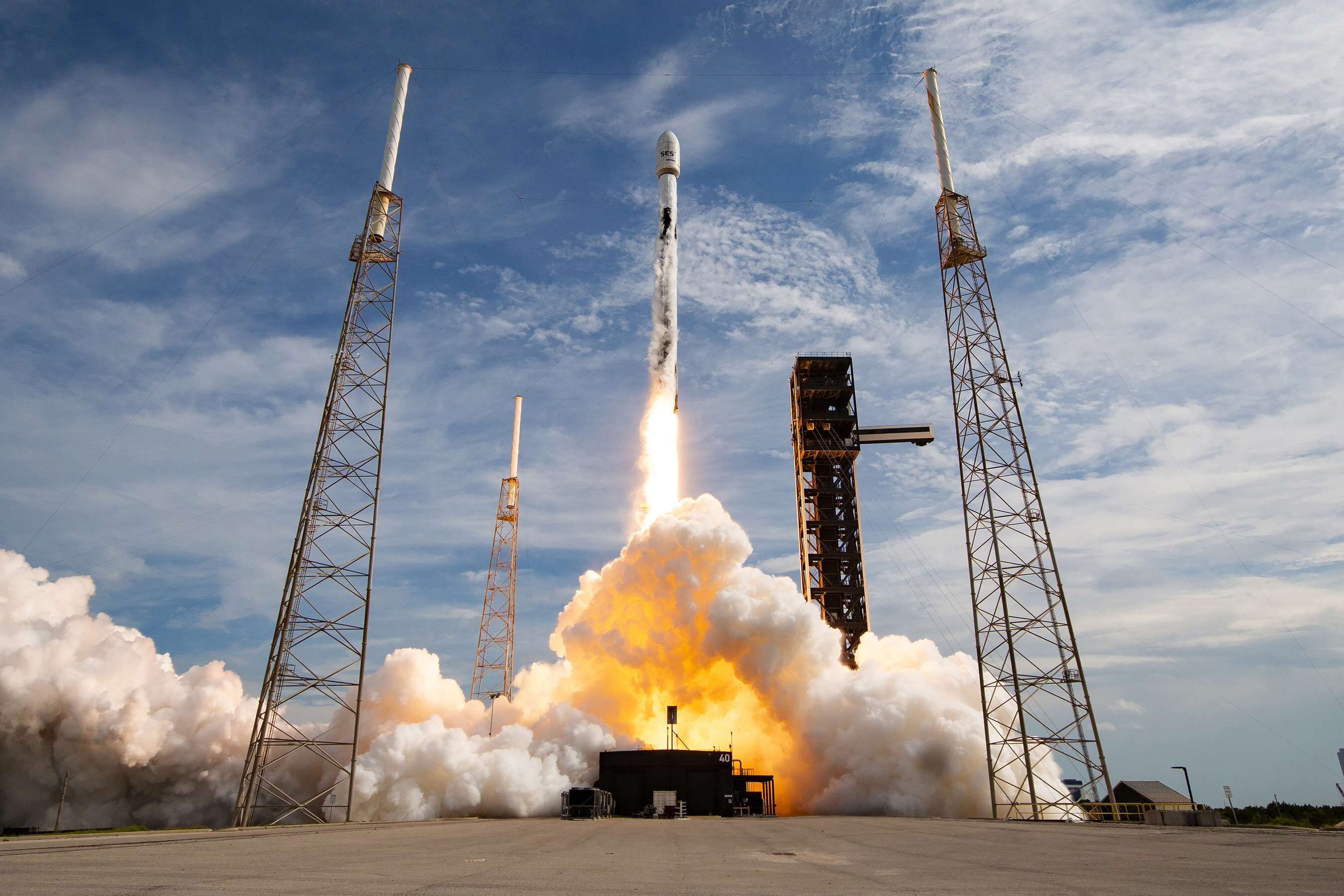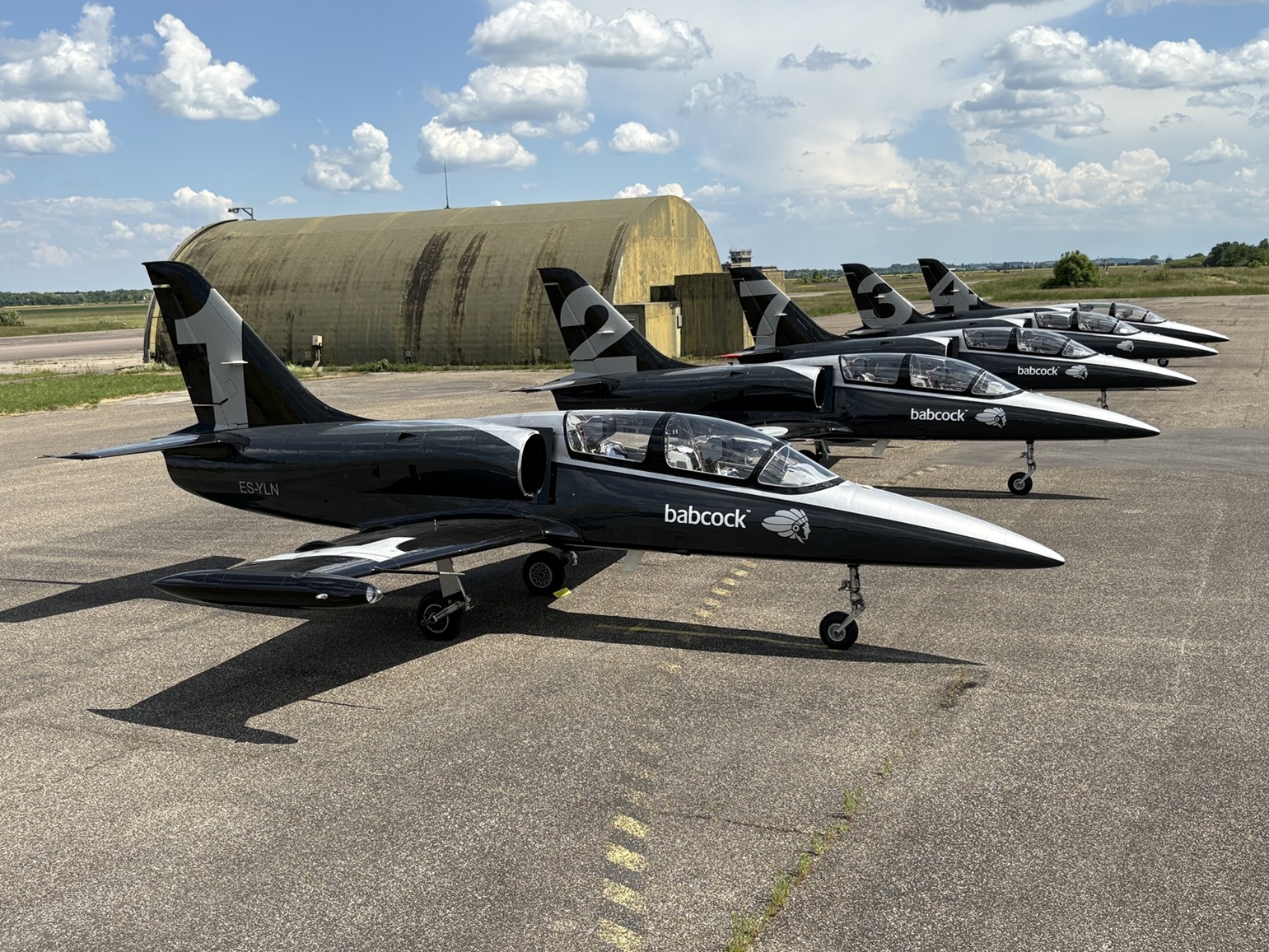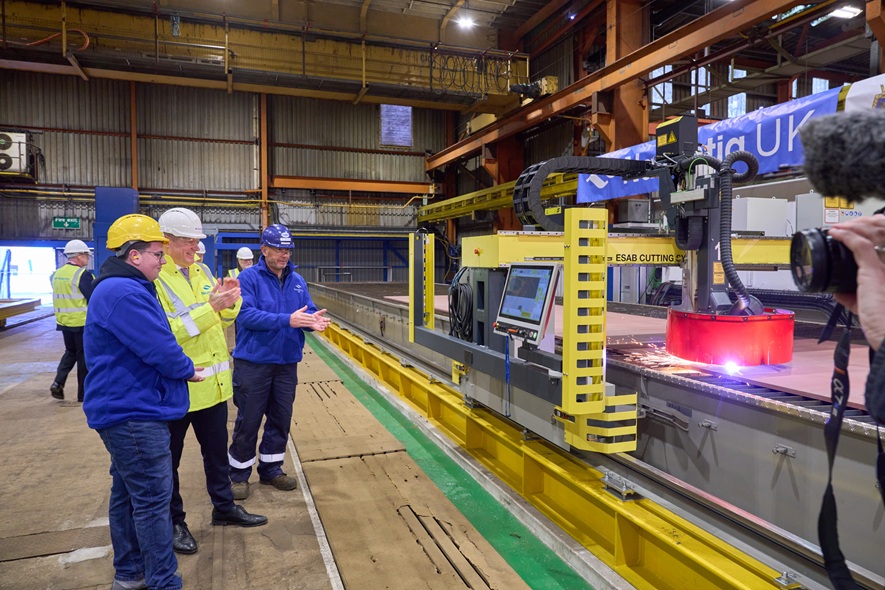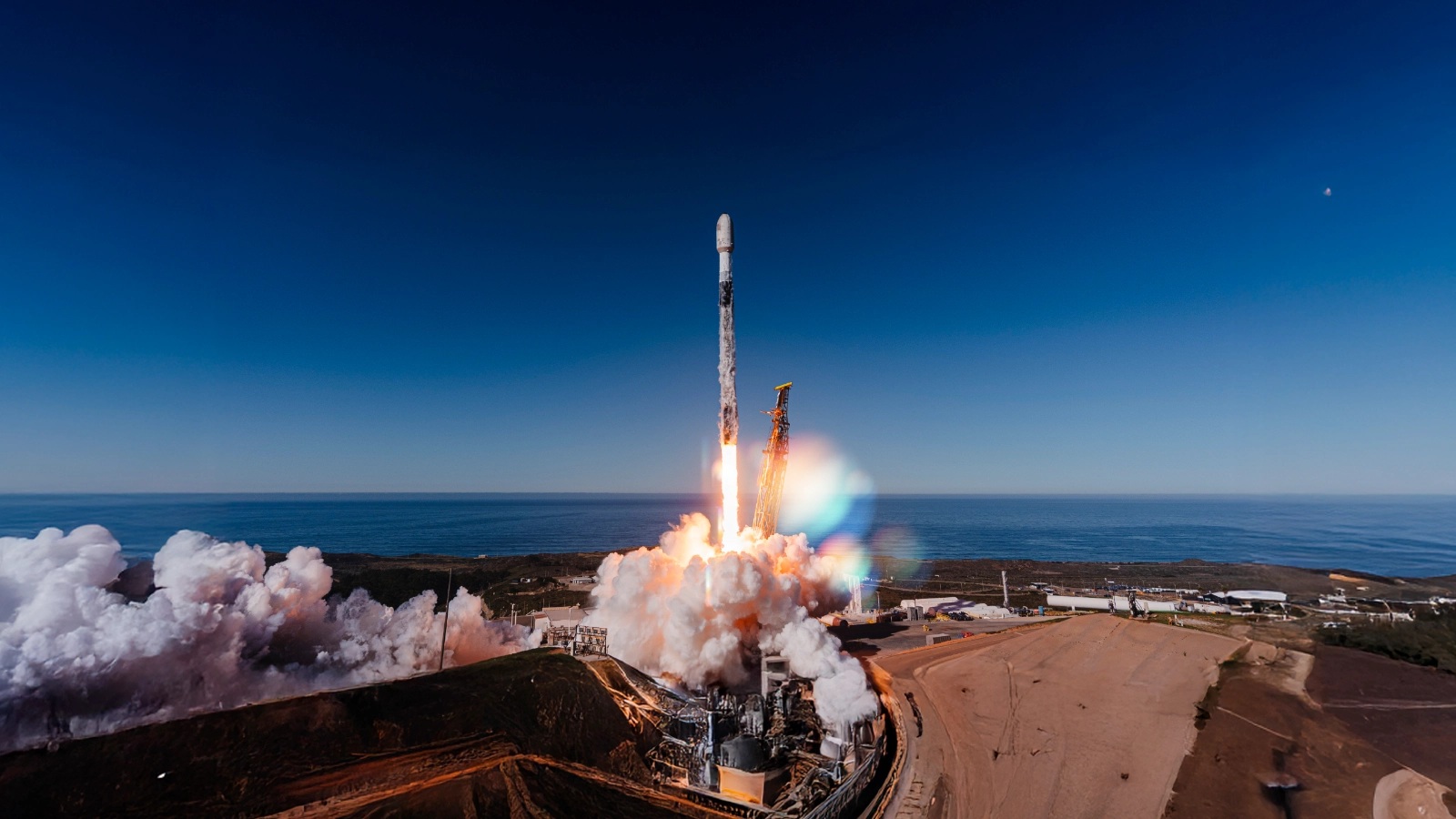Boeing built O3b mPOWER satellites launched

Above: O3b mPOWER F9/10 liftoff aboard a SpaceX Falcon 9 from Cape Canaveral Space Force Station on 22nd July 2025.
Photo courtesy of SpaceX
Approximately two hours after liftoff, the satellites separated from the launch vehicle, initiating a series of comprehensive health checks by Boeing team members in El Segundo, California, home to Boeing's mission control facility and the world's largest satellite factory.

Above: Team members in Boeing's Misson Control Center in El Segundo, California monitored the launch to ensure mission success.
Boeing Photo by Zeyad Maasarani
Leveraging highly efficient xenon thrusters to manoeuvre in space, the satellites will continue their 130-day journey to MEO, approximately 8,000 kilometres from the Earth's surface. They will join the first eight satellites currently providing high-performance connectivity services to SES users worldwide.
"We designed O3b mPOWER so each additional satellite beyond the first six boosts capacity, performance and resilience," said Michelle Parker, vice president, Boeing Space Mission Systems. "This capability stems from our investments in cutting-edge technology and the enhanced production techniques we've refined over the course of the programme."
The O3b mPOWER constellation entered commercial service in April 2024, providing high-throughput, low latency connectivity that mimics the speed and reliability of traditional internet connections but with virtually unlimited geographic flexibility. From MEO, the satellites provide coverage to nearly 95% of the world's population.
"I'm proud of our SES team and partners for continuously pushing the boundaries of what's possible in space to bring critical connectivity where it matters most. Over the past year, our O3b mPOWER services have been transforming industries and empowering our key customers including telco operators, cruise lines, airlines, NATO, the Government of Luxembourg, the Government of United States and many other allied governments," said Adel Al-Saleh, CEO of SES. "With this launch we continue adding incremental capacity to our initial O3b mPOWER constellation, strengthening our MEO network and delivering high throughput and predictable low latency services at scale."
The satellites leverage digitally formed beams to dynamically address evolving communication needs across geographies and customer bases. Boeing hardened this technology for military use on the Wideband Global SATCOM (WGS)-11 and WGS-12 and Evolved Strategic SATCOM (ESS) nuclear command and control satellites the company is building for the U.S. Space Force. This software-defined technology allows for more secure and reliable connectivity resistant to attempts of jamming, interruption or interception.














